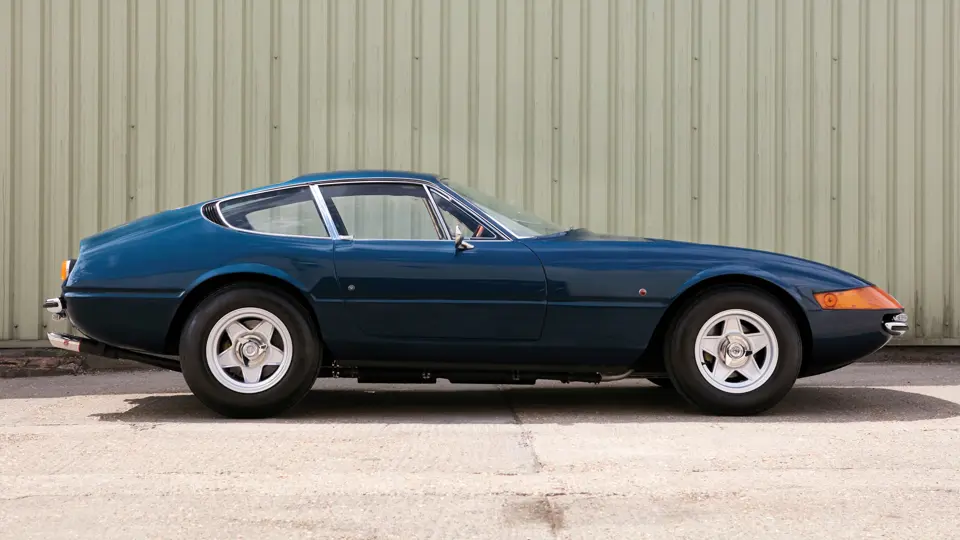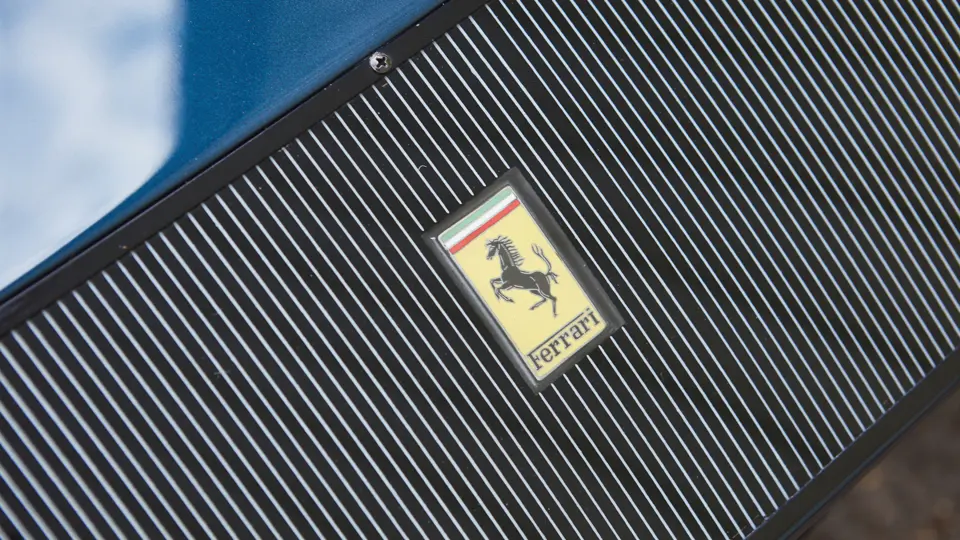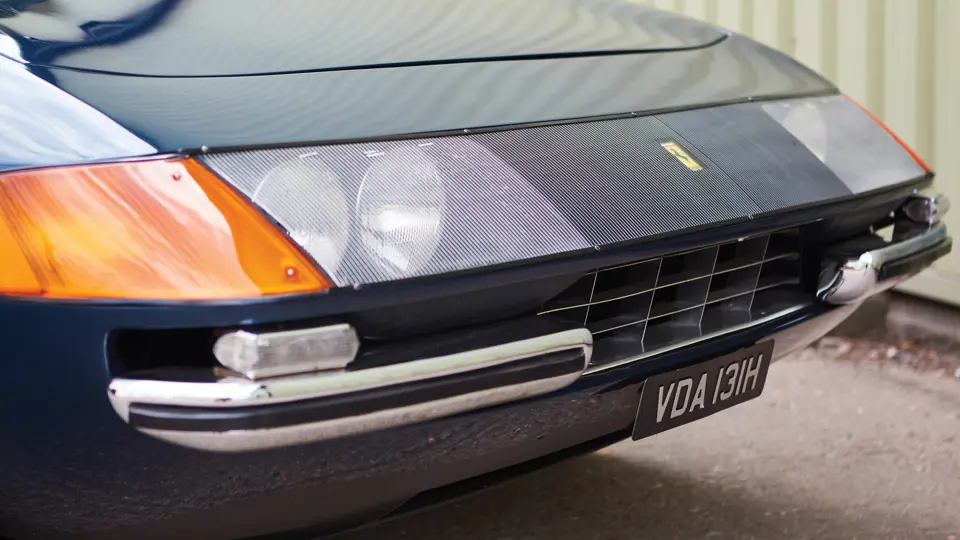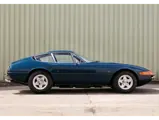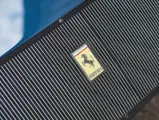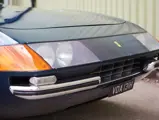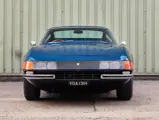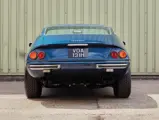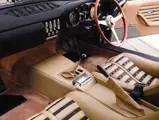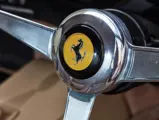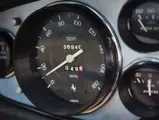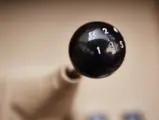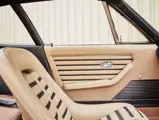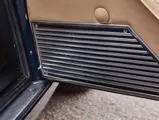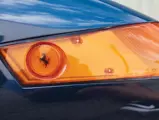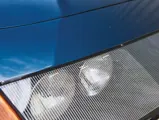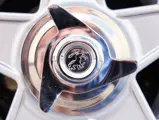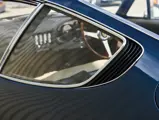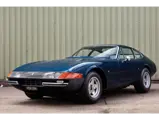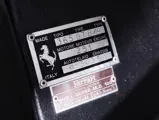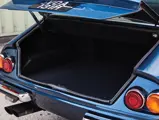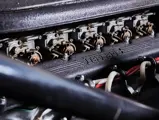
1970 Ferrari 365 GTB/4 Daytona Berlinetta by Scaglietti
{{lr.item.text}}
£585,000 - £625,000 GBP | Not Sold
{{bidding.lot.reserveStatusFormatted}}
- One of only 158 RHD Daytonas
- Fascinating ownership history, delivered new to the British School of Motoring
- Accompanied by an extensive history file
- Ferrari Classiche certified
‘It is hard to capture in mere words all the excitement, sensation and sheer exhilaration of this all-time great amongst cars. For us it has become an important new yardstick, standing at the pinnacle of the fast car market.’ –Autocar
Enzo Ferrari’s answer to the Lamborghini Miura came in the form of the 365 GTB/4, which swiftly became known as the ‘Daytona’ in recognition of the marque’s 1-2-3 finish at the 1967 24 Hours of Daytona. Penned by Leonardo Fioravanti of Pininfarina and enthusiastically endorsed by Sergio Pininfarina himself, the design brief was to ‘obtain a thin, svelte car, like a mid-engine design . . . . The whole idea was really a search for this sense of lightness and rake, a slender look.’
The prototype 365 GTB/4s were based largely on the outgoing 275 GTB/4, retaining the same headlamps, elongated bonnet and short Kammback style tail, this time adorned with twin circular lights above each quarter bumper. Whilst the wheelbase was the same at 2,400 mm in length, the track was wider to improve handling dynamics and the brakes were ventilated to improve performance when being pushed to the limit.
For the production car’s debut at the 1968 Paris Salon, Pininfarina replaced the prototype’s 275 GTB/4-inspired front end and incorporated a low, aggressive shark-like sweeping nose that swiftly became one of Maranello’s most iconic shapes. The production cars also boasted one of Ferrari’s most exciting V-12s to date, now enlarged to 4,390 cc, breathing through a bank of six twin-choke downdraft Weber DCN20 carburettors. Like the V-12 in the 275 GTB/4, it featured twin overhead camshafts per bank and dry-sump lubrication.
Power was quoted at 352 bhp at a lofty 7,500 rpm and the performance soon buried any concerns that a front-engined car could not compete with the in-vogue, mid-engined supercar from arch-rival Lamborghini. Where the Miura had a top speed of 172 mph, the Daytona achieved 174 mph. Where the Miura achieved the standing quarter mile in 14.5 seconds, the Daytona needed only 13.8. Indeed, Motor magazine declared it, ‘The anti-Miura production car’ whilst Road & Track stated that, ‘It might as well be said right now, the Ferrari 365 GTB/4 Daytona is the best sports car in the world.’
This particular example, chassis no. 13435, was first registered in August 1970 having been supplied new to Colonel Hoare’s Maranello Concessionaires earlier that year. Intriguingly its first owner was the British School of Motoring, where it was used on the High Performance Course. It is accompanied by a plethora of paperwork detailing the circumstances of its acquisition, specification details (and alterations during the build), purchase invoices and early service work carried out during BSM’s ownership. Indeed, in an article for Octane magazine, BSM HPC instructor legend John Lyon recalls the car and describes it as ‘the daddy of the cars on the HPC . . . with its high polar movement and excellent traction it was the perfect road-vehicle’. He goes on to reminisce, ‘I often achieved its maximum speed of 174 mph on the motorways of Holland and Germany.’
In 1972, the car passed into the hands of Mr J. Lloyd of Hyde Park Gate via Maranello Concessionaires. A veritable library of letters and invoices between Colonel Hoare and Lloyd during his ownership make for intriguing reading. It is fair to say that Mr Lloyd’s ownership experience was testing but by the time it was purchased by its next owner in 1974, Mr W.M. French of New South Wales, Australia, the car was performing ‘extremely well’. The car spent 39 years in Australia as part of Mr French’s private collection before being repatriated to the UK under the care of Joe Macari, who serviced the car under with whom it gained Ferrari Classiche certification in 2013, confirming that it still retains its original engine and gearbox.
Put simply, the Daytona defined its generation; it was the iconic sports car of the 1970s and even beyond. For many, it remains the benchmark Ferrari for the classic V-12 front engine, GT format. It also has the extra notoriety of being the last model to leave Maranello whilst under the sole ownership of Enzo Ferrari. The opportunity to acquire an example with such a bibliographic history is a rare occurrence.
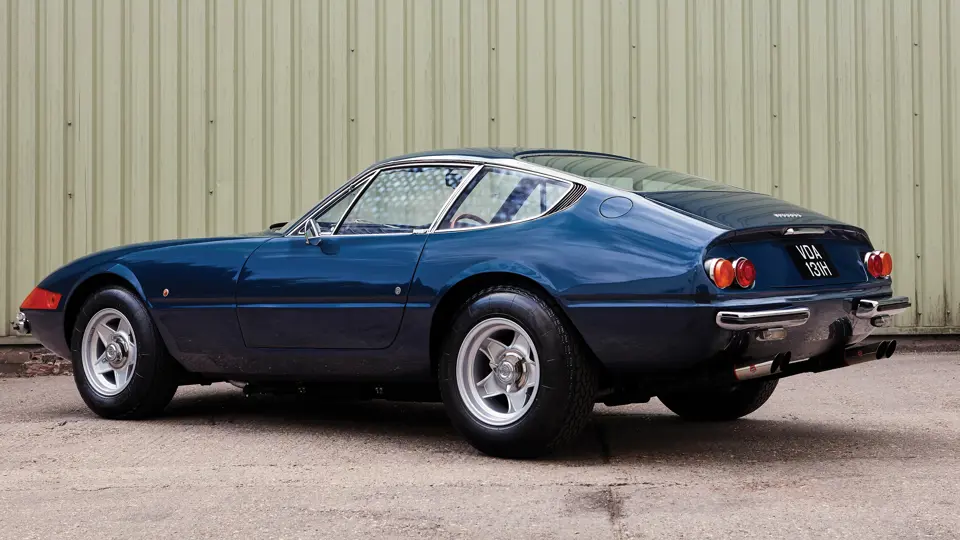



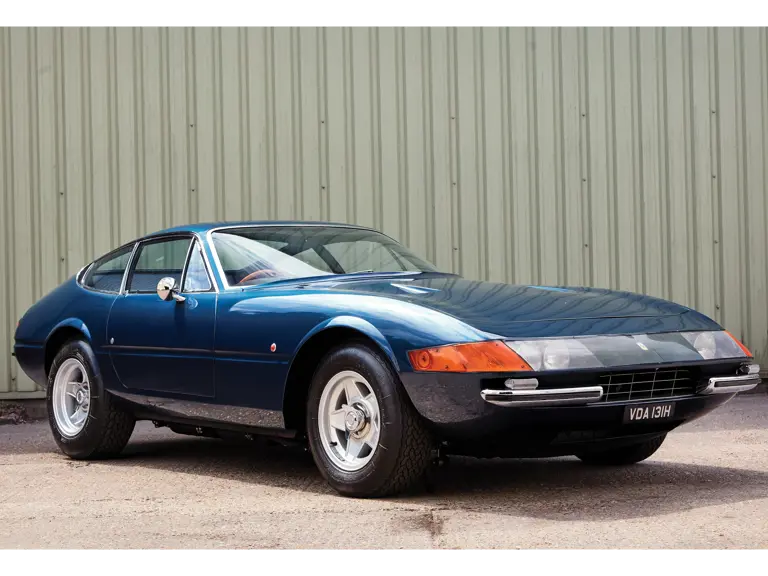
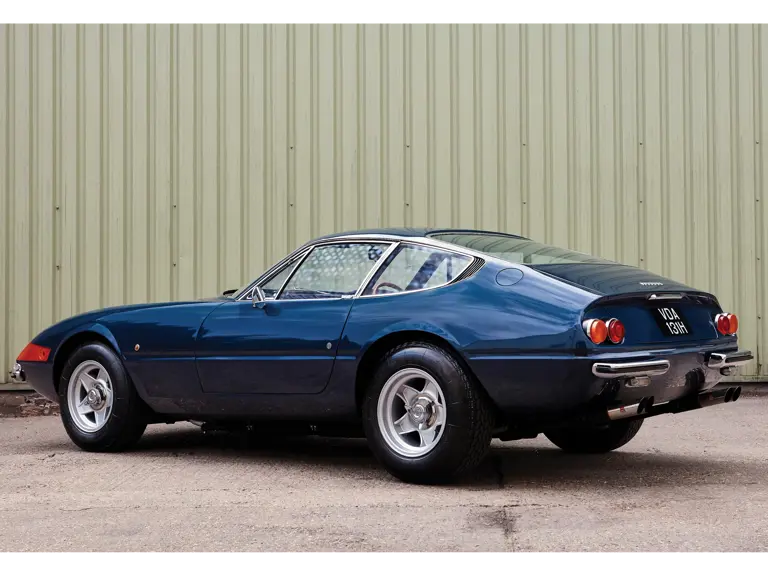

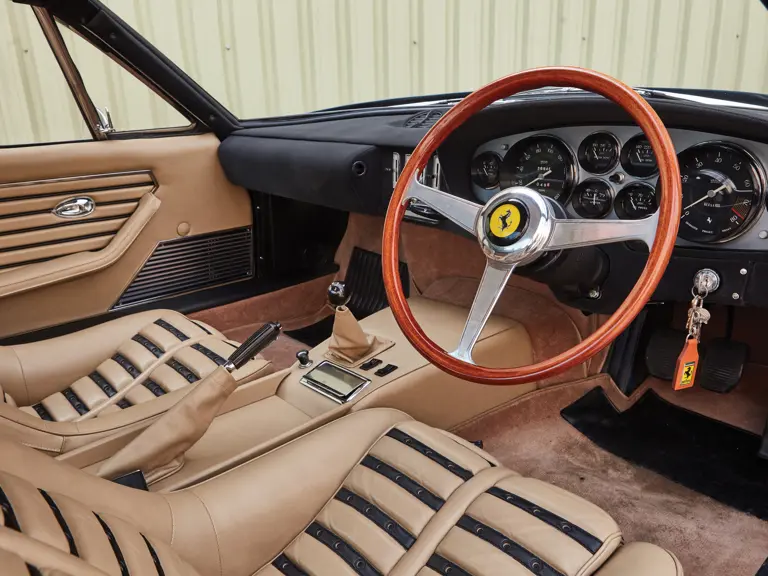
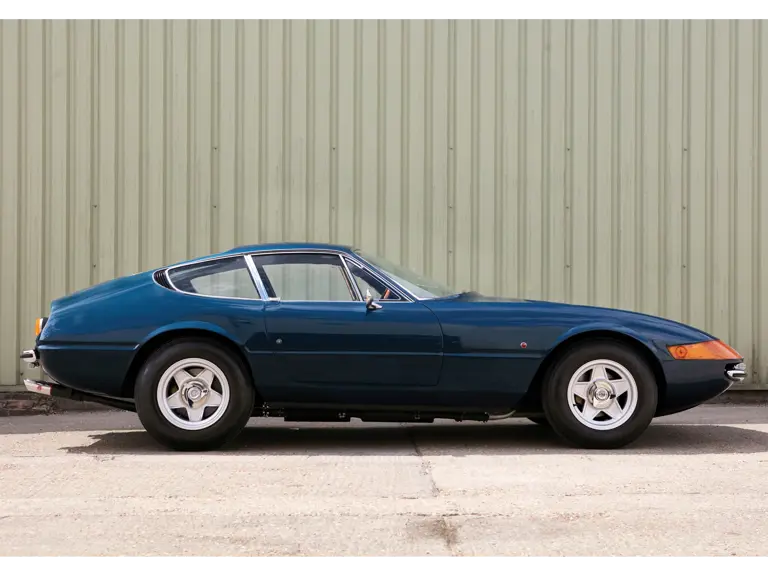

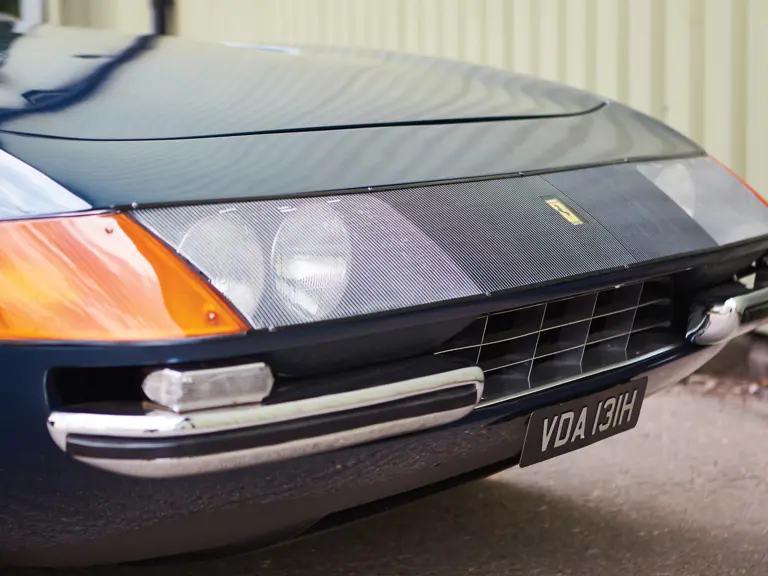
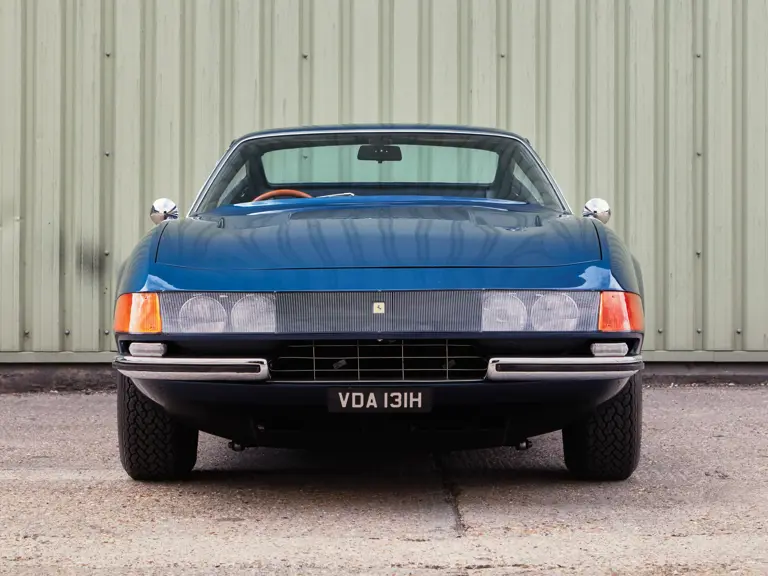

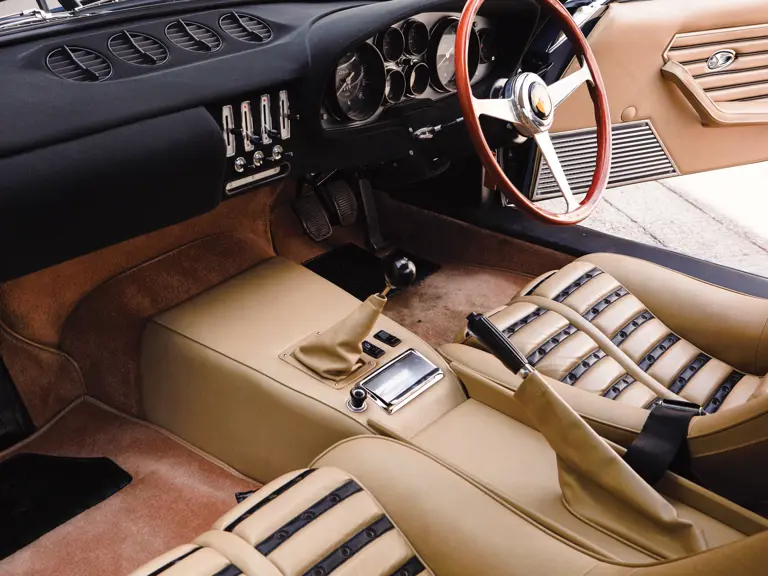


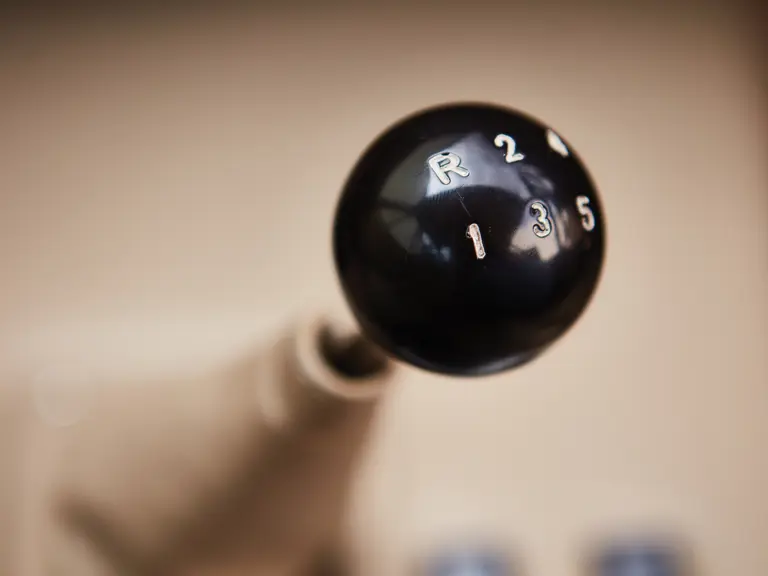
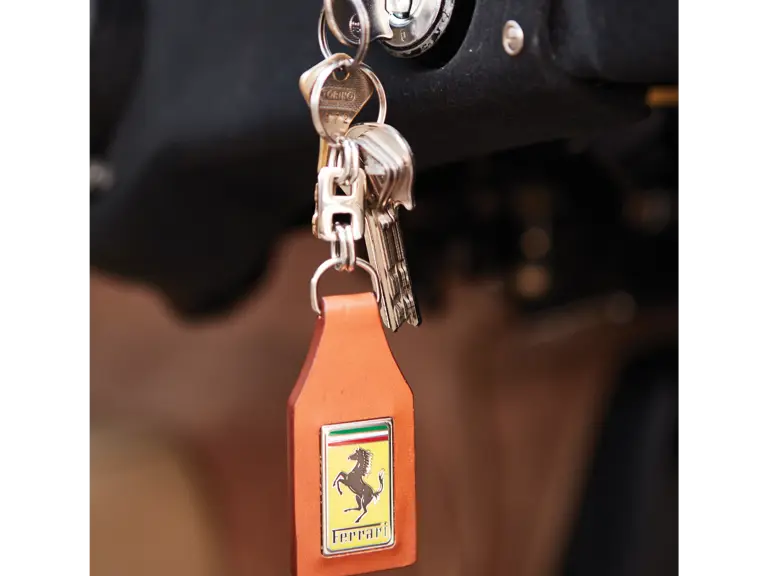
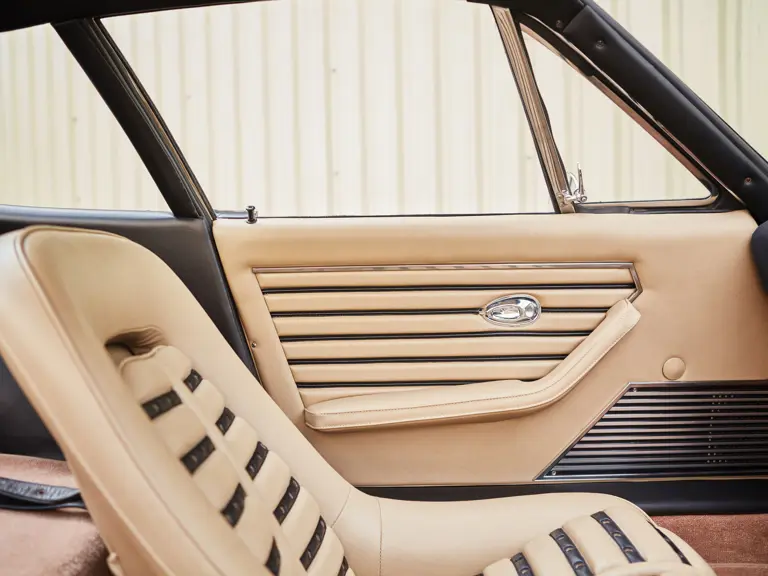
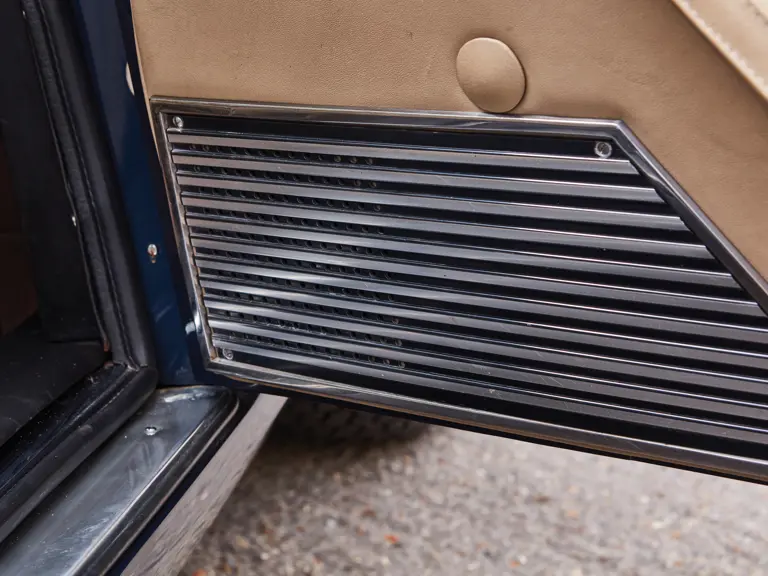
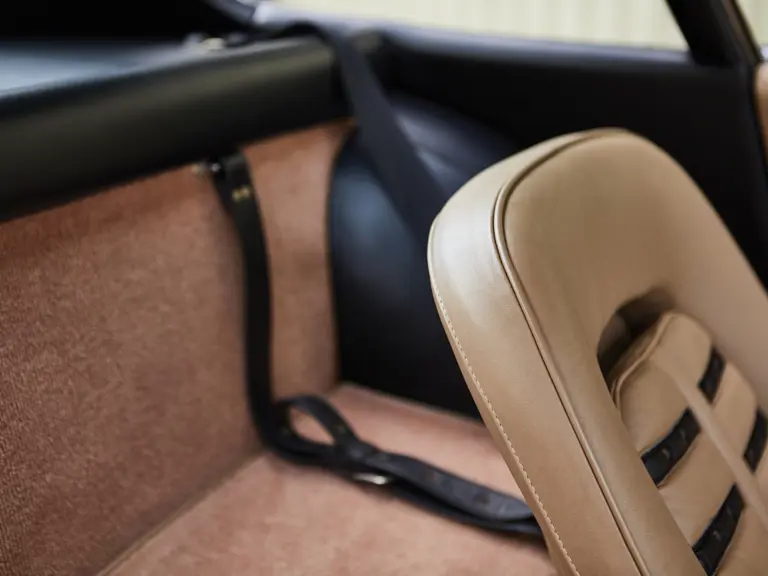
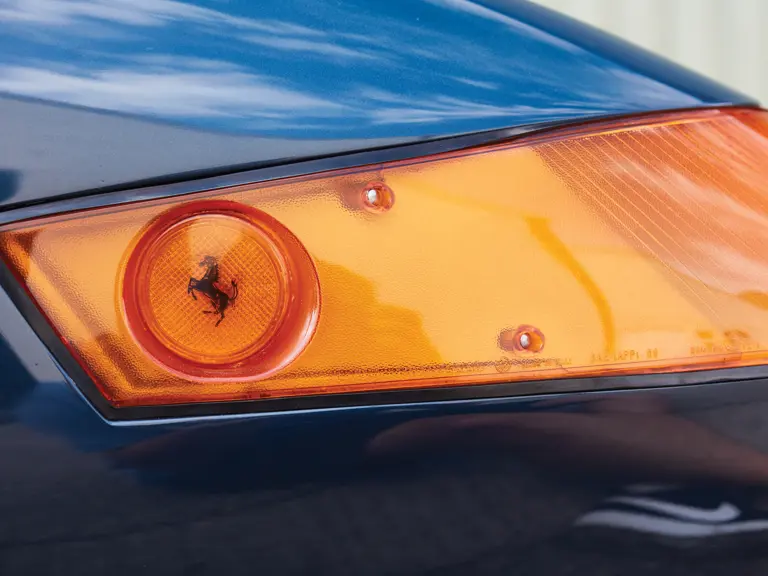
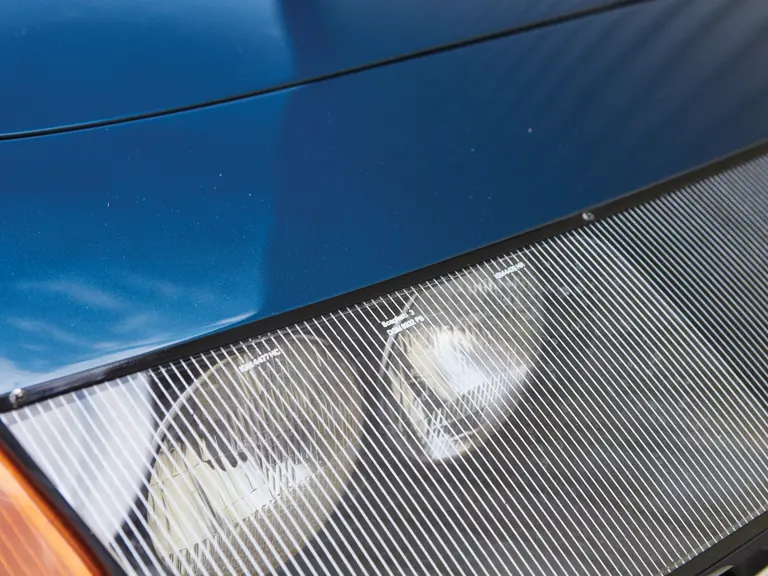

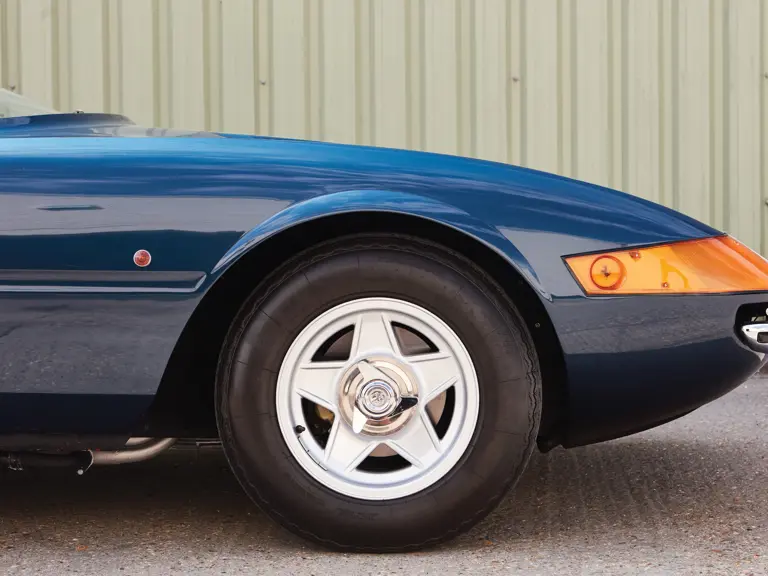

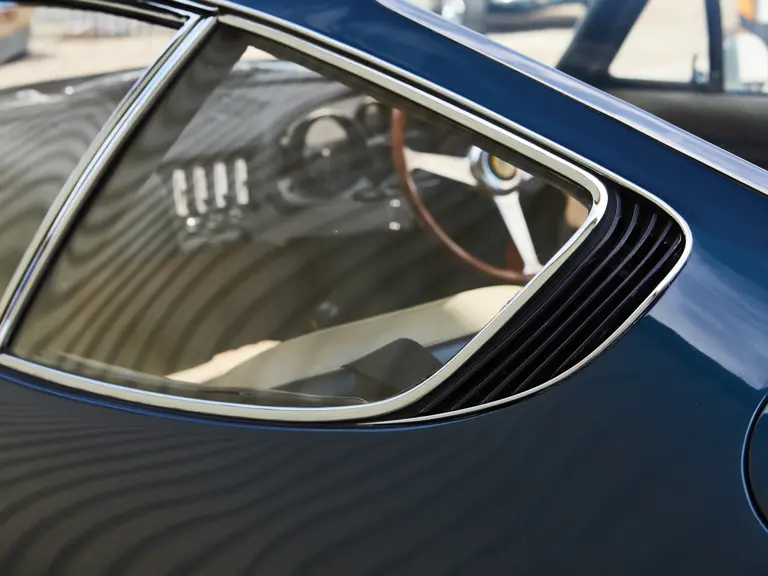
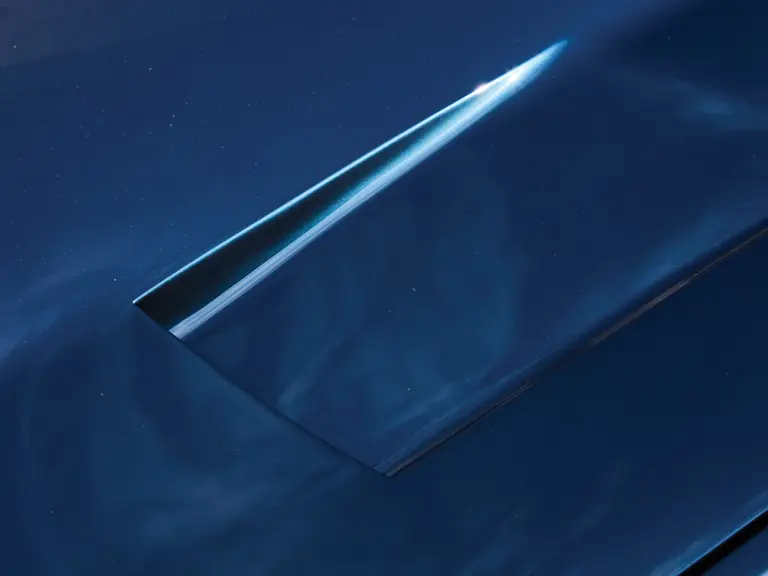
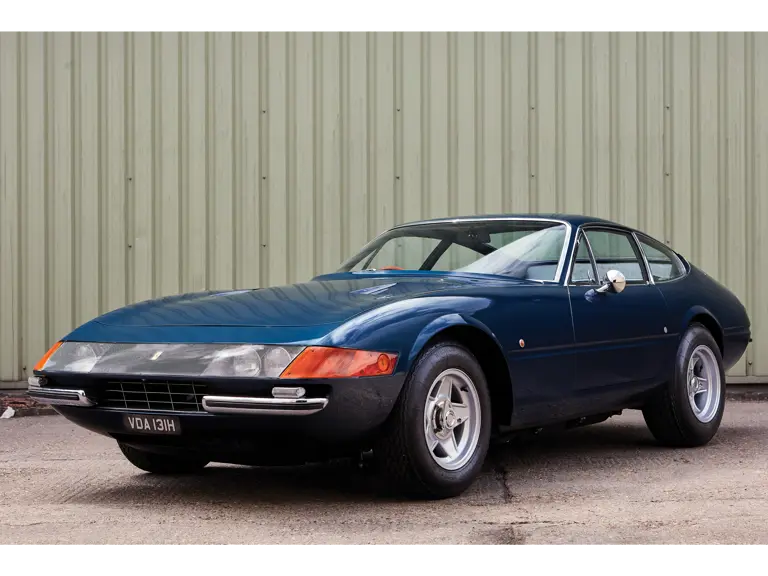
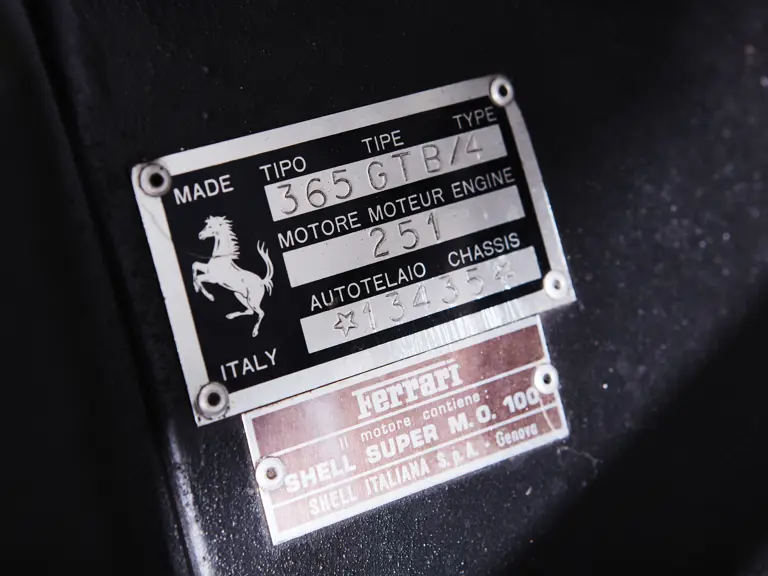
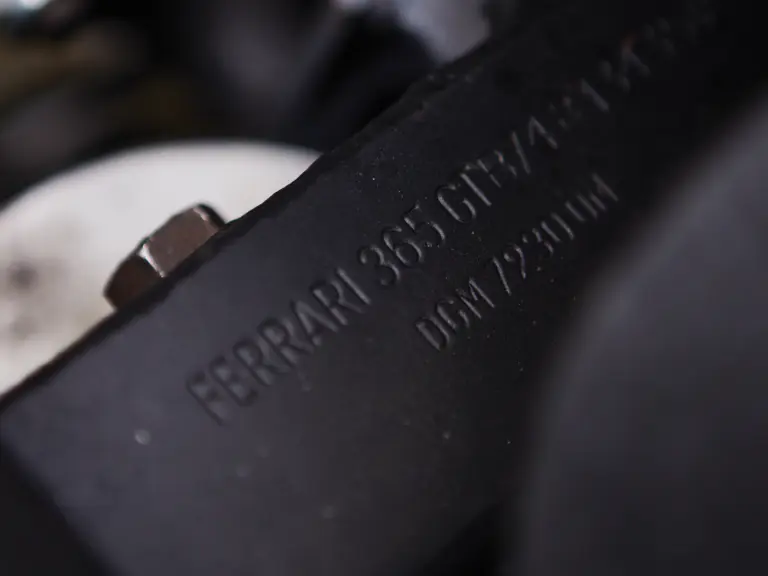
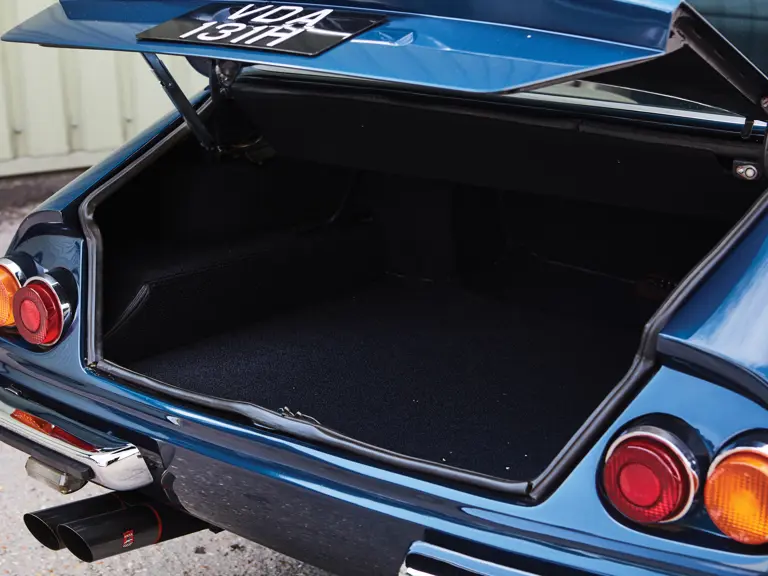
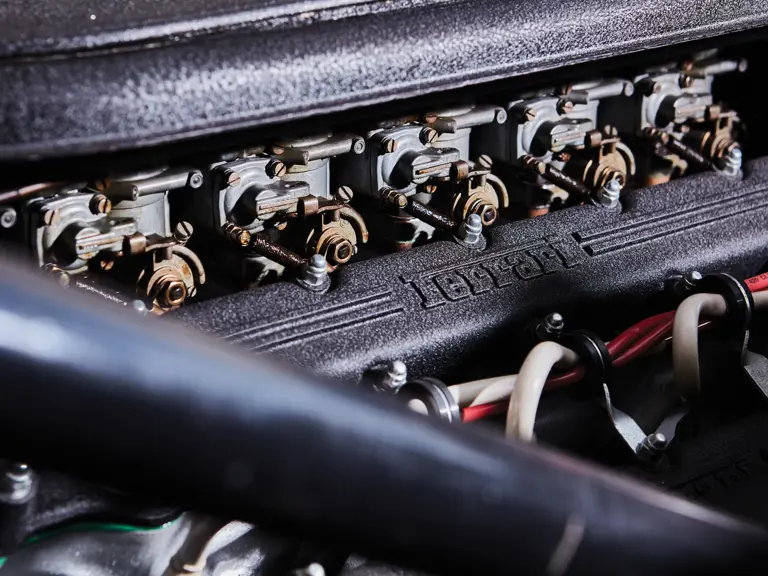
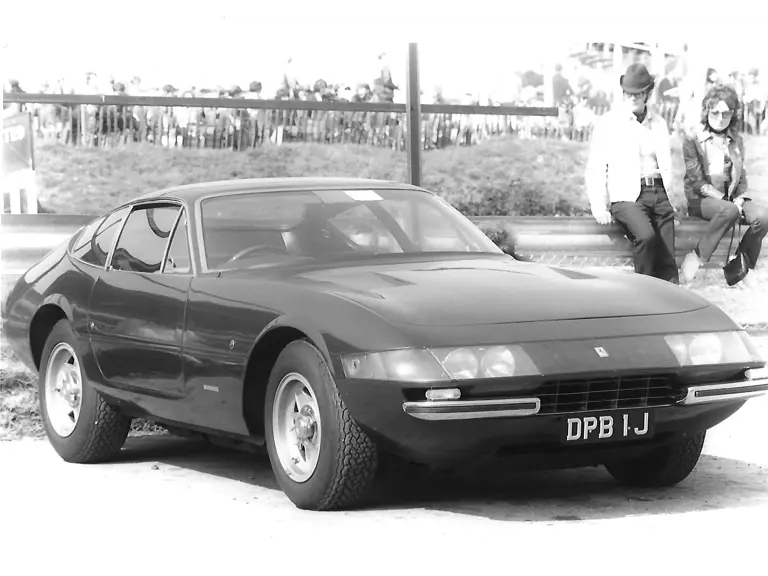
 | London, United Kingdom
| London, United Kingdom
